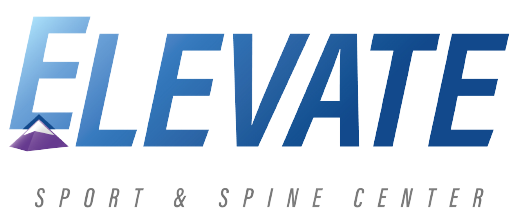Schedule Rehabilitation Exercise Therapy With Us
Don't hesitate to ask about our soft tissue therapy in Fort Collins, CO
At Elevate Sport and Spine Center in Fort Collins, CO, our doctors are dedicated to collaborating with you to identify the most effective treatment plan. Our goal is to help you recover quickly so that you can return to your activities! To achieve this, we are trained and certified in various adjustment techniques, therapies, rehabilitative exercises, and passive modalities, allowing us to tailor our services to meet each patient's unique needs. Our offerings include, but are not limited to:
Questions? Call 970-698-6827
